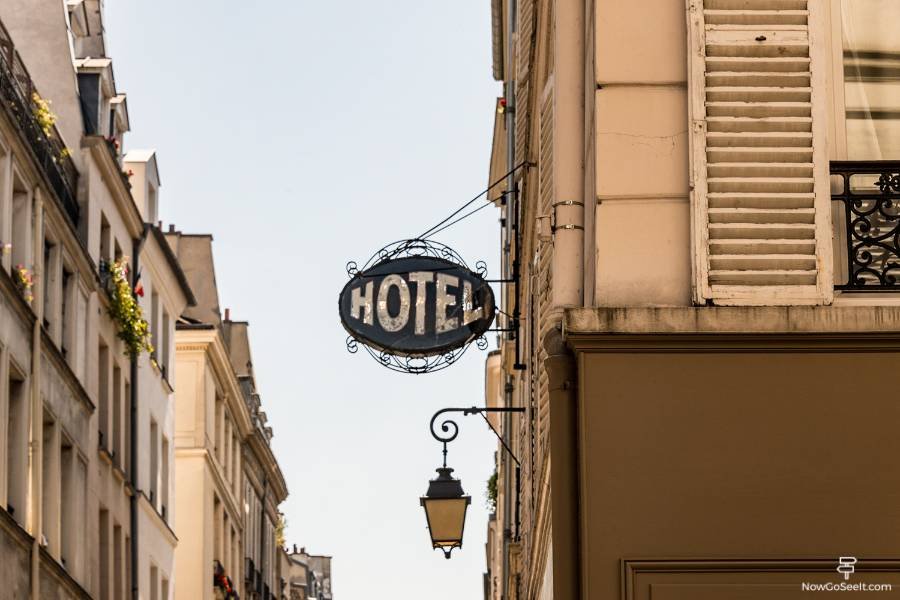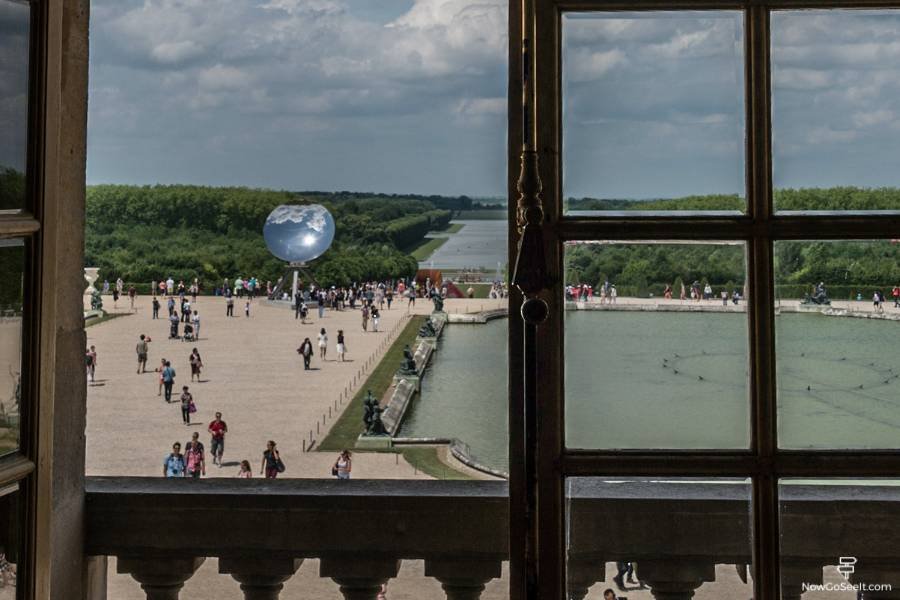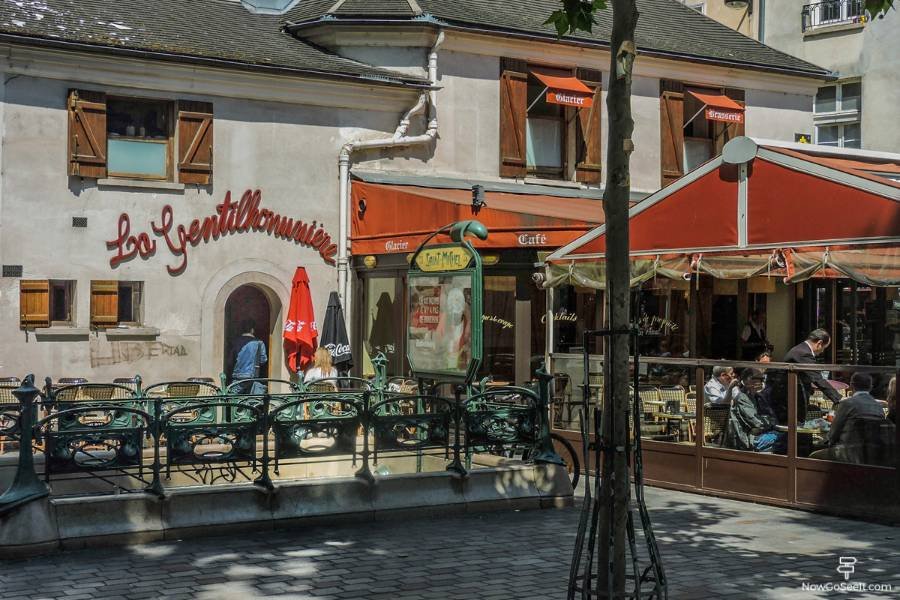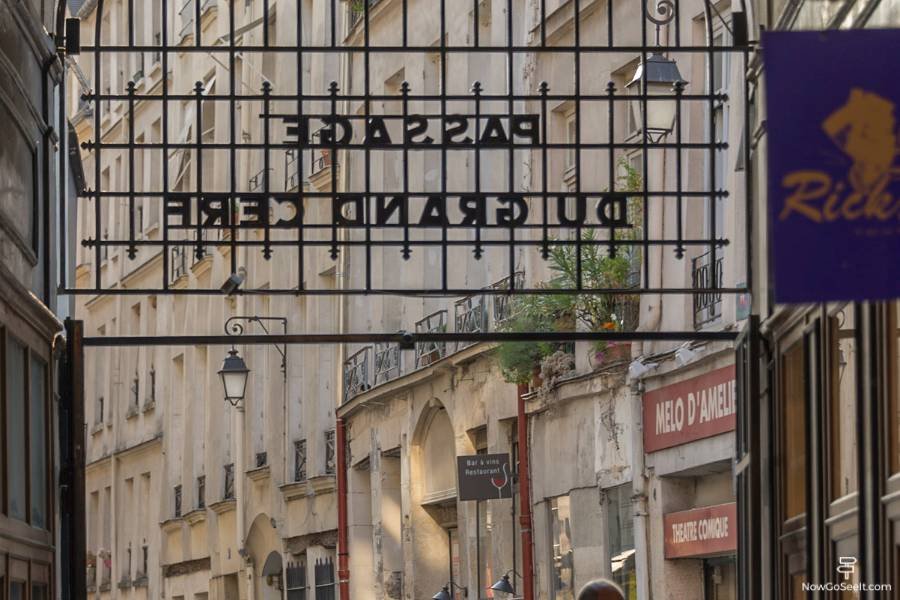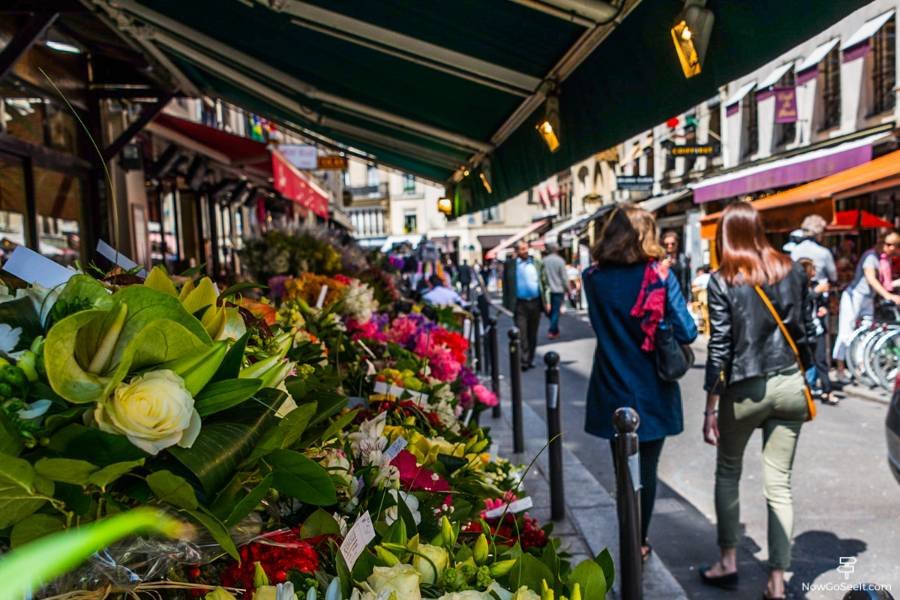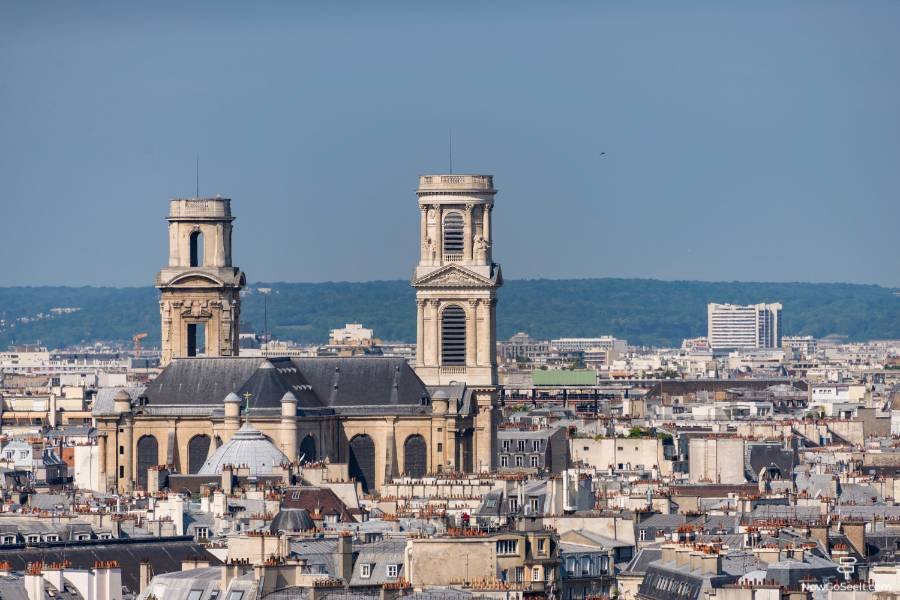Alternative Paris: Unique Homes and Castles in Paris
Now Go See It is reader-supported. When you buy through links on our site, we may earn an affiliate commission.
Discovering unique residences and castles in Paris offers a refreshing perspective on the city's rich history and architectural marvels. Hidden away these treasures provide a serene and intimate experience, transporting visitors back in time with their grandeur and stories. Venturing off the beaten path in Paris reveals a blend of art, history, and culture that many travelers seldom get to witness.
Unique Castles and Residences to See in Paris: (Jump To)
This post is part of our Alternative Paris Series, your go-to source for discovering off-the-beaten-path Parisian experiences.
Château de Bagatelle - Castles in Paris
One of the most photogenic castles in Paris, Château de Bagatelle is a quick add if you’re chasing unique things to see in Paris without the crowds. Pair it with other non-touristy Paris stops or a Bois de Boulogne walk for an easy detour between big sights and castles near Paris.
Map: Google Maps
Admission: Exterior Only, Free
Within the Bois de Boulogne, the Château de Bagatelle was originally built as a bet between Marie-Antoinette and the Comte d'Artois. Today, the château and its gardens are relatively overlooked by tourists but are a delightful spot for tranquility and historical exploration. The annual rose contest held in its gardens is a great time to visit.
The interior of the castle is closed with no known plans to open it to the public. The exterior and castle grounds are open and the impressive building can be viewed from the exterior.
ad:
Hôtel de Sully
This Marais landmark links directly to Place des Vosges and fits perfectly into a list of unique things to do in Paris thanks to its free courtyard and garden. Step inside on a guided visit for ornate interiors, or keep it quick if you’re building a non-touristy Paris itinerary around the square.
Map: Google Maps
Admission:
Courtyard & Gardens: Complimentary Access
Interiors: Adults: €12; Children (7-18 years): €6
Dive into the captivating allure of Hôtel de Sully, a historic private mansion set amidst the picturesque Marais district. This architectural masterpiece from the 17th century boasts an enchanting orange tree garden and intricately designed interiors — a must-see for those passionate about history.
Not only do the serene courtyard and lush garden serve as a prelude to the iconic Place des Vosges, but they are also open for everyone to revel in at no cost. To immerse yourself in the mansion's inner grandeur, schedule a tour by reaching out to visites-conferences@monuments-nationaux.fr.
Domaine National de Saint-Cloud (National Domain of Saint-Cloud)
The former royal residence is gone, but the grand terraces, fountains, and skyline views make Saint-Cloud a smart pick for day trips from Paris that don’t require a long train ride. It’s a relaxed way to mix gardens with history while checking off unique things to see in Paris and nearby.
Map: Google Maps
Admission: Free
Beyond the boundaries of central Paris lies the Domaine National de Saint-Cloud, a significant historical site that was once a prominent royal residence. While the residence itself was destroyed in 1870, its legacy lingers in the meticulously preserved grounds.
The gardens of the Domaine offer visitors a chance to explore a landscape enriched with history. From various vantage points, one can observe panoramic views of Paris, uniquely juxtaposing the city's modern skyline with the estate's storied past.
Scattered throughout the gardens are sculptures and fountains, each echoing the artistic and architectural styles of their respective eras. These features, combined with informative markers and plaques, offer insights into the Domaine's historical significance and the notable figures who once graced its paths.
Musée Nissim de Camondo (Nissim de Camondo Museum)
This mansion by Parc Monceau feels tailor-made for travelers searching for unique things to do in Paris—an intimate house museum packed with exquisite 18th-century decorative arts. It’s compact, atmospheric, and easy to combine with other Paris highlights in the 8th.
Map: Google Maps
Admission: Adults: €12.00; 25 and under: Free
Overlooking Parc Monceau, this museum was once a private residence built by Moïse de Camondo, a banker with a passion for 18th-century French art. The mansion is dedicated to the memory of his son Nissim, who died during World War I.
The meticulously preserved interiors and extensive collections provide visitors with a unique window into the elegance and splendor of the Belle Époque era. For enthusiasts of decorative arts and those curious about the grandeur of bygone aristocratic lifestyles, this historic gem is an essential visit.
We recommend the GoCity Pass to save loads of money on attractions.: Check it out by clicking this affiliate link: GoCity - Paris
Pavillon de l'Arsenal (Arsenal Pavilion)
Free and central, Pavillon de l’Arsenal is the go-to architecture center for understanding how Paris was designed—ideal when you want unique things to see in Paris without spending a euro. Pop in for models, maps, and rotating exhibits, then continue exploring the Marais.
Map: Google Maps
Admission: Free
Located near the Place de la Bastille, the Pavillon de l'Arsenal is a focal point for urban planning and architectural exploration in Paris. The center offers a spectrum of displays and models that trace Paris's transformation, from its historical urban layouts to upcoming architectural projects.
The exhibits provide a comprehensive understanding of the city's architectural evolution. For those keen on understanding the intricacies of Paris' design and the vision behind its iconic structures, the Pavillon de l'Arsenal offers invaluable insights into the city's development trajectory.
Your Vacation is just a click Away.
Book your stay at a VRBO Today.
Château de la Muette (Castle of the Mute)
Now home to the OECD and not open for tours, Château de la Muette still earns a quick stop for fans of castles in Paris and urban history. Swing by for an exterior look while planning other unique things to do in Paris across the 16th.
Map: Google Maps
Admission: inadmissible, gardens: free
Located in the 16th arrondissement, Château de la Muette has evolved through time, transitioning from a hunting lodge to its present role as the headquarters of the OECD (Organization for Economic Co-operation and Development). While its interiors remain largely inaccessible to the general public, the château's imposing facade and well-maintained gardens offer glimpses of its significant history, including ties to notable figures such as Louis XVI and Marie Antoinette.
Notably, this site holds a unique place in the annals of aviation history. In 1783, it was the departure point for the world's first manned flight, marking a monumental step in human flight and innovation. The flight was on a hot air balloon.
Check out our other posts about things to see and do in Paris or France!
Or visit our Destinations page to be inspired.
La Maison de Balzac (Balzac's House)
A free literary house museum, Balzac’s former home is a smart inclusion for travelers building a non-touristy Paris plan with substance. It’s a short, rewarding stop that pairs well with Parc Passy viewpoints and other unique things to see in Paris on the Right Bank.
Map: Google Maps
Admission: Free
This house, located in the 16th arrondissement, was where the famed writer Honoré de Balzac wrote many of his works. Visitors can explore the residence, which showcases personal belongings and explains the intricacies of Balzac's life and times. Its preserved interiors offer a literary journey into 19th-century Paris.
Hôtel de Lauzun
This 17th-century mansion on Île Saint-Louis is typically view-from-the-street only, but it’s worth a detour for architecture lovers mapping unique things to do in Paris. Combine a look at the façade with a Seine stroll to keep your day flowing between marquee sights and quieter corners.
Map: Google Maps
Admission: Inadmissible, Free to view from the street.
Perched on the Île Saint-Louis, Hôtel de Lauzun is one of the few remaining 17th-century private residences in Paris. Richly decorated, it provides a glimpse into the lavish lifestyles of the French aristocracy. Its history is also tinged with bohemian touches, having been a hub for artists and intellectuals in the 19th century.
The building is a protected heritage site owned by the city of Paris. The building and courtyard are best viewed from the outside. No plans are in place to open the building to the public.








